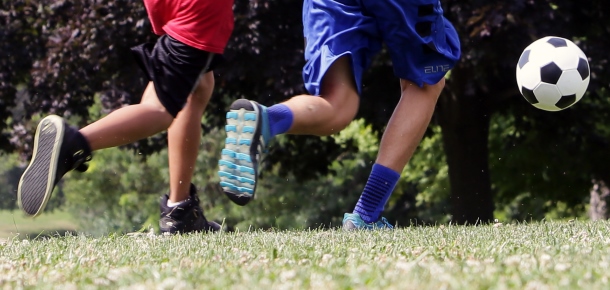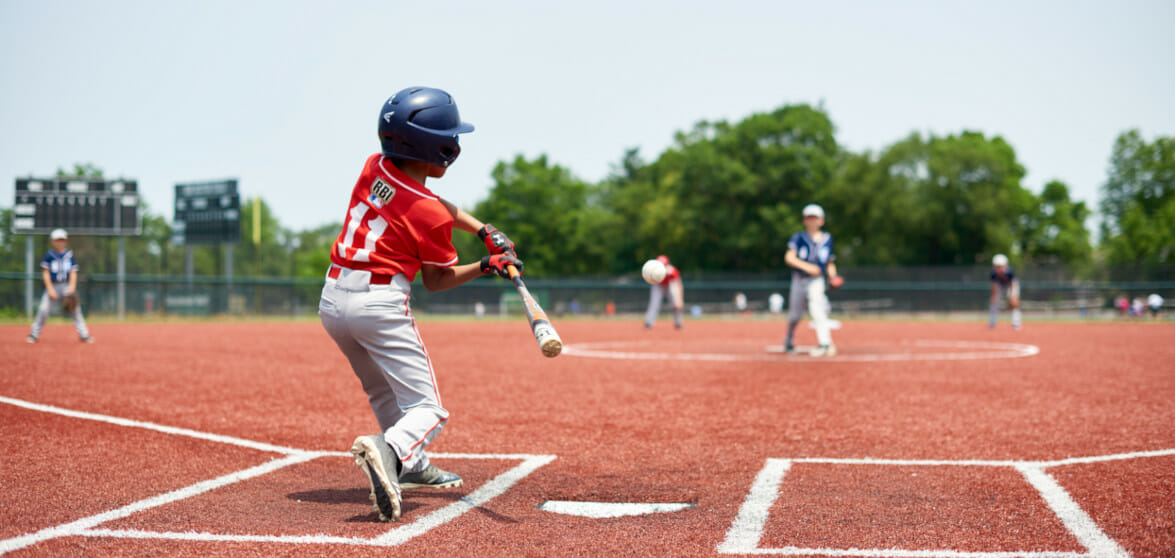Ankle sprains are one of the most common injuries I see as a physician of sports medicine. It’s estimated that two million ankle sprains occur across the country every year – almost half taking place during sports-related activity. Ankle sprains commonly happen in sports that require cutting and jumping such as basketball, soccer, football, tennis and volleyball – but they can happen just about any time in any sport. Athletes at greatest risk are those between 10 and 19 years old.
A sprain is a stretching or tearing injury that is specific to ligaments (bone to bone connections in the body). A common misconception among parents is that an ankle sprain is a ‘mild injury that will heal on its own.’ Please don’t take that approach if your young athlete injures an ankle.
Ankle sprains can lead to chronic pain and instability of the ankle if not properly treated.
Most ankle sprains cause an injury to the outside portion of the ankle. However, an injury to the inside of the ankle can indicate a far more worrisome injury. If you think your child has an ankle sprain, it’s always best to have an examination by a physician who has specialized training in evaluation of ankle sprains.
Some of the signs and symptoms that would necessitate evaluation include:
- Inability or difficulty bearing weight on the affected ankle
- Significant swelling or bruising anywhere on the ankle, leg or foot
- Pain over the inside of the ankle or over the foot
- Deformity of the ankle or foot
If any of the above signs or symptoms is present, it is advised that your child be evaluated as soon as possible. Ligaments may not heal properly if rest and or bracing are not performed. Ankle braces have progressed greatly over the past 20 years. Today’s ankle braces are far easier to put on, are comprised of more advanced materials, and are more comfortable to wear.
If you are local, our Pediatric Sports Medicine team recognizes the importance of early evaluation of sprains and other musculoskeletal injuries and offers same-day appointments by calling 513-803-HURT. We have X-Ray capabilities, splints, crutches, and bracing for all levels of ankle sprains right in clinic. Many pediatric sports medicine practices have similar services for quick care in other parts of the country too.
If your child’s injury is after hours or on the weekend and your child is unable to bear weight or a deformity is present, an evaluation in an urgent care or emergency department would be recommended.
Depending on the degree of the ankle sprain, healing times may vary. If the ankle sprain is minor, recovery can take place within two to three weeks. With more severe ankle sprains, the healing time can take six to eight weeks for a full recovery.
At Cincinnati Children’s, we are available help your young athlete and to answer your questions. To make an appointment or speak with a staff member, please contact our Division of Sports Medicine.






My daughter Joey has seen Dr.Walker many times as she has EDS and CRPS,and he is a great Dr.we highly recommend him, thank you Dr.Walker